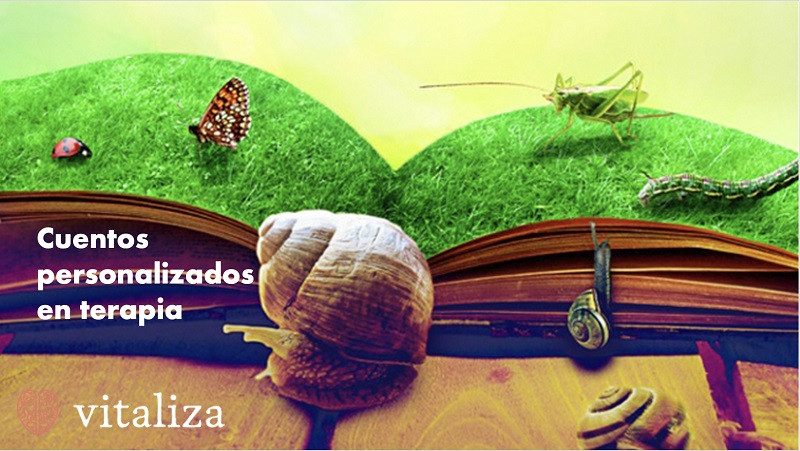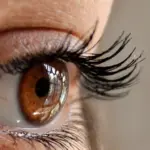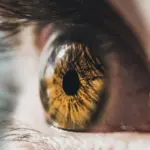Trauma-focused therapies such as EMDR, in many cases, are changing the perspective of intervention. They have led us to realize how important it is that we attend the previous experiences of the past associated with the discomfort of the present to manage the behaviors and symptoms of the immediate present.
Transferring the EMDR therapeutic model to childhood requires precise adaptations to be able to follow the rhythm and tone of minors when they connect with previous experiences, especially if they are preverbal.
Traumas and childhood
In the child environment, frequently, when we collect a child’s history, we find that the behaviors or symptoms that that boy or girl presents are survival responses to very early experiences whether due to gestational problems, postpartum illnesses in minors or parents, or traumas of abandonment or deprivation of a secure attachment relationship.
In EMDR, addressing these early preverbal traumatic experiences is done through the development of a narrative. The fundamental difference with intervention in adults using the EMDR protocol is that during processing the minor is exposed to the traumatic story, and, therefore, the information and connections between memories are not made spontaneously by the minor’s brain, but that are presented to be processed and digested by the parents or the therapist, in the therapeutic space.
This requires that the story or personalized story that is created comply with some characteristics of child intervention that are shared by other therapeutic approaches.
The importance of narratives
We start from the premise that, when contacting states associated with trauma experiences, they are activated and responded to from the resources that were available at the time of the traumatic event. Thus, we have to take into account the double age, that of the present and that of the past, when creating that personalized narrative of the event to be reprocessed.
Children’s stories are a good source of inspiration to know the characteristics that this story should have. They begin with “once upon a time”; They are telling us that history has remained in the past, that the present is different and the adversity of the beginning has been overcome. Furthermore, the adverse experience is told in a symbolic and magical way, it adapts to the symbolic magical thinking of childhood. It is told without telling everything, the tragedy is not detailed, in this way the information is tolerated by the child at all times.
In the therapy space, the information provided must be tolerated by the girl or boy and the parents or caregivers who accompany them, and also by the therapist. The ending must be happy, as in any good story, collecting the experiences of security of the present.
In the first therapeutic narratives It helps if the characters are fantastic or animals , so that they facilitate, on the one hand, an emotional distancing, and on the other, that the characters are related enough to identify with them, and that through them they allow themselves to connect with their emotions and reach healthy representations of itself. As happens to the protagonist of the story, who is transformed by the adventure of overcoming adversity and is not the same as at the beginning of the story.

A way to connect with emotions through stories
The stories that I have been writing can help us get an idea of how to approach traumatic narrative or how to help narrate complicated events in childhood. How can I get out of here? It is aimed at children, Tell me when I do nest a gut and I was bornis a story to help understand the trauma of abandonment, and The seed greenhouse presents a narrative model to help explain assisted fertilizations, in which above all it is insisted that they are children of a relationship with a longing full of love.
Author: Cristina Cortés, director of Vitaliza.









